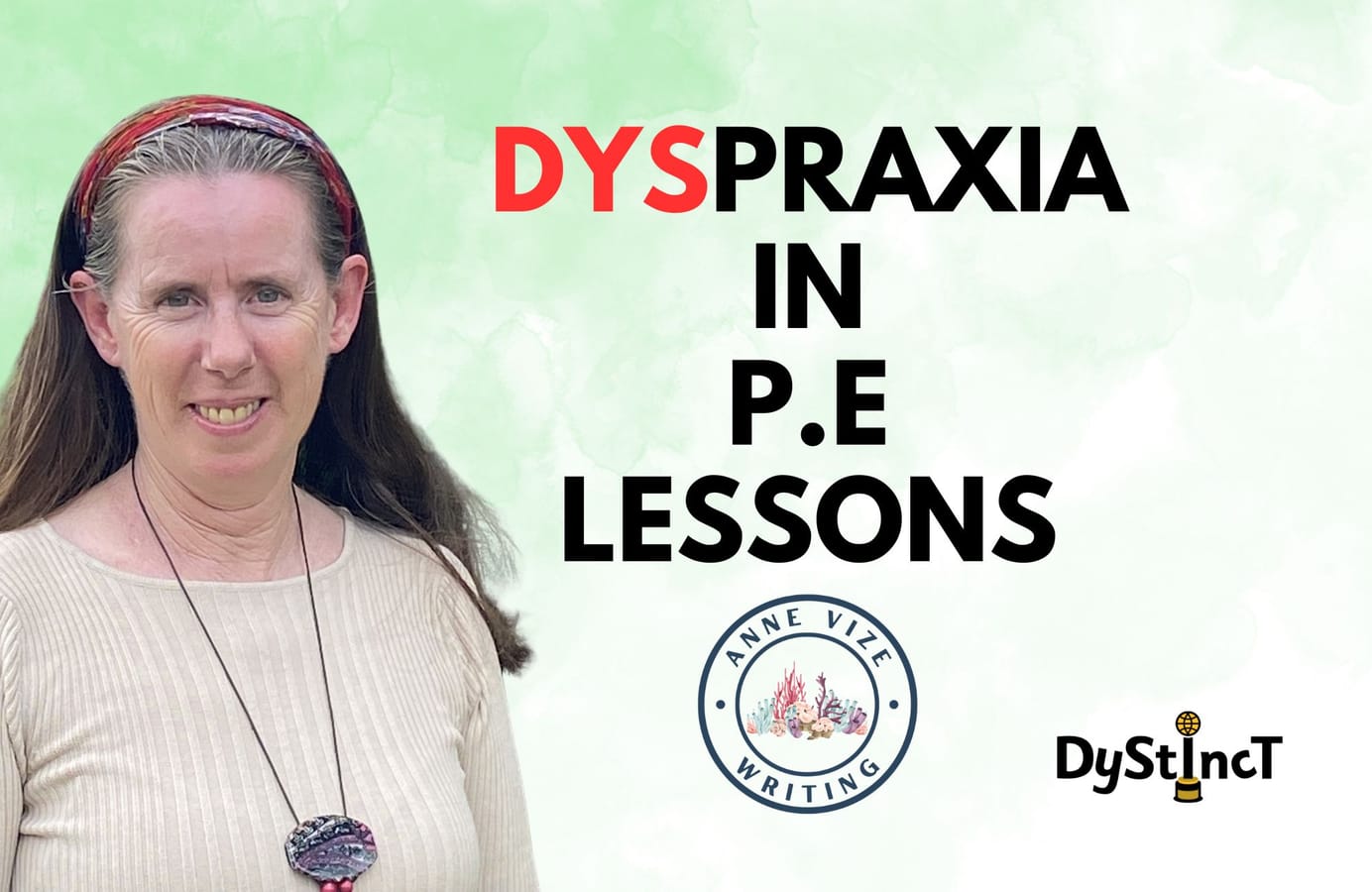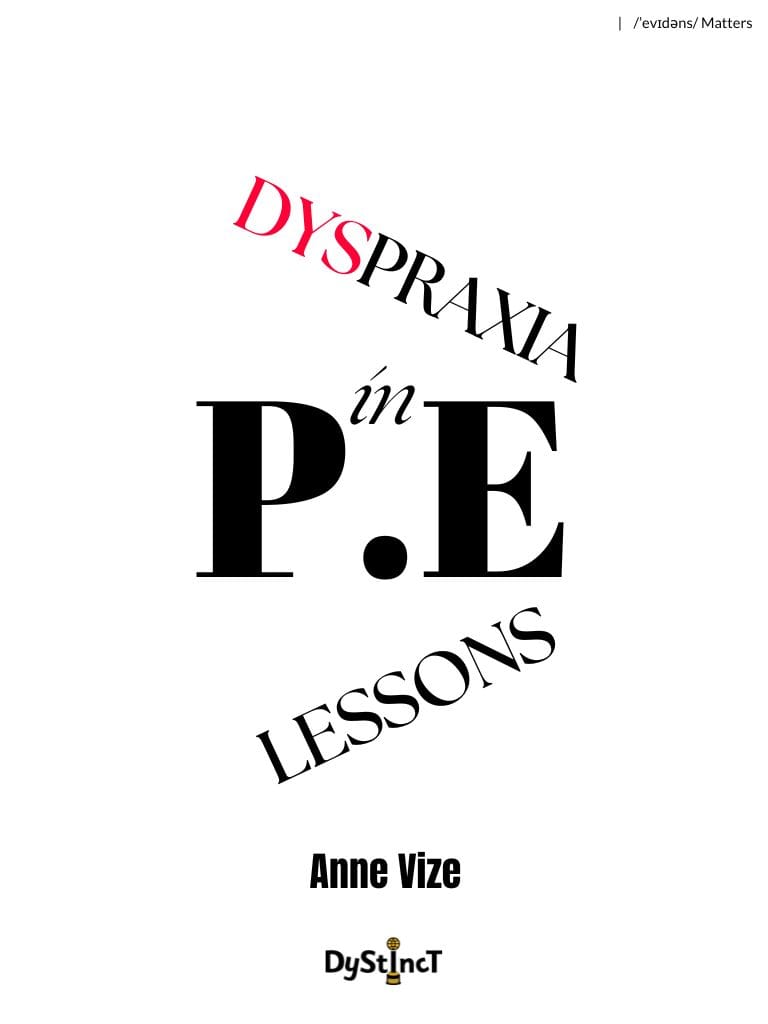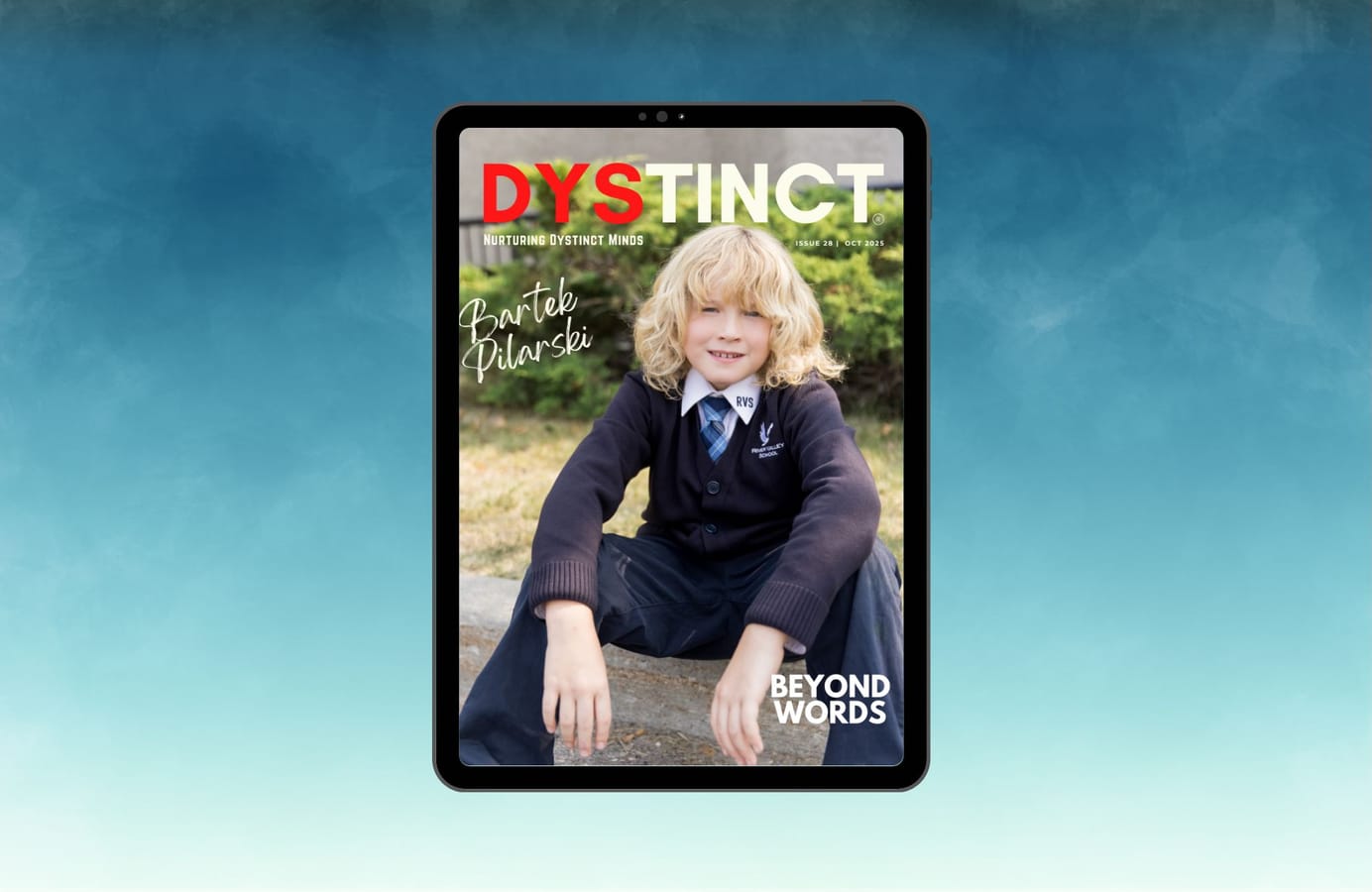
Issue 27: Dyspraxia in PE lessons | Anne Vize
Anne shares practical strategies for making Physical Education lessons more inclusive for students with dyspraxia, showing how a thoughtful ‘notice and adjust’ approach from warmups and skill-building activities to cool downs can help PE teachers create supportive and engaging environments.

When I first sat down to write about dyspraxia, I found myself thinking back to some of my early career teaching experiences. I initially trained as a Physical Education teacher before working in specialist and inclusive education – and I’m sure there’s still part of me that loves being outdoors, active and moving more than anything! When I first trained in Physical Education, I realised that many of the people I was learning alongside were highly skilled at their chosen sports, and they tended to pick up new movement skills quickly and easily. They moved from the cognitive stage of motor skill acquisition to the mastery stage quickly. They responded quickly and effectively to feedback about their movement skills and could apply that feedback to refine their movements. Once mastered, their new skills tended to remain in place as they moved on to new skills in other sports. The pace of skills-based learning was rapid, and the underlying assumption was that everyone learnt in the same way and at a similar speed. Years later, I reflected upon how the skills of this group of upcoming PE teachers may have impacted the approach they took to their teaching. Lacking any lived experience of movement difficulties and without specific training in dyspraxia built into teacher education courses, it is highly likely that at least some of these up-and-coming PE teachers went into schools assuming everyone learnt new activities in the same way – quickly and easily.
An important role
An important role
For children who have dyspraxia, their PE teacher can play a pivotal role in their lives. The PE teacher is someone who sees gross and fine motor skills as the backbone of any sporting activity. They pay close attention to them and think carefully about how to provide feedback and structure activities to help children achieve mastery. They observe many children learning and performing motor skills at similar ages and stages, allowing them to identify when there is a significant difference in learning pathways and progress over time. With training in fundamental motor skills, movement patterns and skill acquisition, the PE teacher is in an ideal position to notice what is happening with a child’s movement skills. They are also in an ideal position to adjust the teaching so that learning experiences are successful and positive. PE teachers who are aware of dyspraxia can make a powerful difference in outcomes for children, laying the foundations for a lifetime of enjoyable movement experiences.
The P.E teacher is in an ideal position to adjust the teaching so that learning experiences are successful and positive.
Notice and adjust
Notice and adjust
The ’notice and adjust’ approach to teaching can be applied as readily to PE classes as it applies to early literacy, maths or science. It’s about building a supportive scaffold that lasts as long as a child needs it. The adjustments can be applied in ways that are relevant to the skill being learnt and to the current needs of the child. Notice and adjust means being observant and using tools like a task analysis checklist, video, and motor skills assessment to keep track of how children are progressing. The information a PE teacher collects can sit alongside notes from a classroom teacher and others in a school setting to help health professionals unpack what is happening for a child experiencing movement difficulties.
Notice and adjust means making a change to ‘business as usual’ when the teacher observes that a child is struggling with their motor skills. This is where an informed and trained PE teacher can really come into their own. The adjustments they make to the scope and sequence of their teaching program, the way they share information and the type and amount of feedback they provide can all make a significant difference to how a child who has dyspraxia learns and succeeds. Although it may seem like PE is a setting that just doesn’t work for children who have dyspraxia, in fact, there are many ways that teachers can adjust what they do to tilt the balance towards success.
This post is for paying subscribers only
SubscribeAlready have an account? Log in


